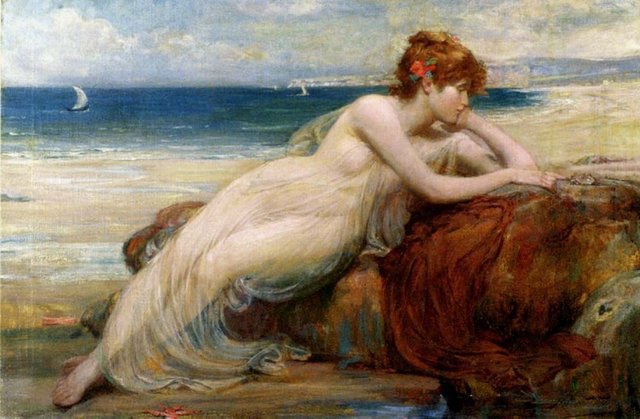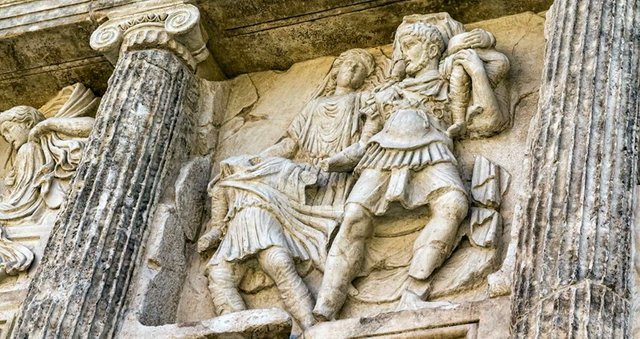The ancient city of Aphrodite, the goddess of love - Aphrodisias #8
Everyday sketches from Aphrodisias
Not unlike today, the people of late antiquity wrote all that moved them to the walls of public buildings, pillars, and walls. Especially many of these Gratti have survived in the Asia Minor city of Aphrodisias, at that time a thriving urban center. Angelos Chaniotis, Greek-born and director of the Seminary of Ancient History, has been studying the written legacy of the people of Aphrodisias since 1995. His contribution makes it clear how important even seemingly insignificant testimonies are to complete our picture of the ancient life.
The Grati show in a direct way what other historical sources often mention: the sorrows and feelings of ordinary people. Aphrodisias, the city of Aphrodite, was one of the most important cities in Asia Minor from the late first century BC to the seventh century AD. The loyalty of aphrodisiacs to Rome and the mythological relationship of their goddess to the Octavian family gave them political and economic privileges. Rich citizens built magnificent buildings in the city in the late first century BC: the theater and stadium, the two marketplaces surrounded by lavishly decorated halls and the site of the imperial cult (Sebasteion) impress the visitor today.
The imperial support, fertile territory and famous sculptor school of Aphrodisias made the city a thriving urban center. Since the end of the third century Aphrodisias was the capital of the province of Caria. The contemporary visitor to Aphrodisias is dazzled by the sunlit buildings. He forgets the problems of the everyday life of an ancient city: dirt, dilapidated buildings, inadequate water supply and poor sewage system. This city was inhabited by people who worked, celebrated, argued or fell in love. Not unlike today, they have captured what moved them with drawings, catchphrases or short texts on the walls of public buildings, on pillars or on the seats of meeting places. If in Aphrodisias - unlike in many other cities - hundreds of these grati have survived, then perhaps because they were not only painted or scratched, but were carved deep into the stone.
One explanation for this is the fact that a large part of the population worked in the sculpture workshops of Aphrodisias. Some of the drawings are so sophisticated that they can only come from artistically active people who visited the theater, the stadium or the market with their tools. A nice example of this is the little face a construction worker has carved on one of the capitals of the Aphrodite temple. The Grati of Aphrodisias are of any kind: there are sketches of objects and buildings, isolated letters, lewd lyrics, names, declarations of love and prayers, political slogans and religious symbols. The source value of such Grati can not be emphasized enough. They immediately show us the worries and feelings of the simplest people, who sometimes conceal literary sources. Often the background of the Grati is difficult or impossible to interpret: not always a text is as easy to understand as "I love Apollonius the Lord," which is found on a pillar of Sebasteion. But even this text leaves questions unanswered: Does the Grato reflect the loyalty of a slave or lovesickness? Is it written by a slave or a slave?

